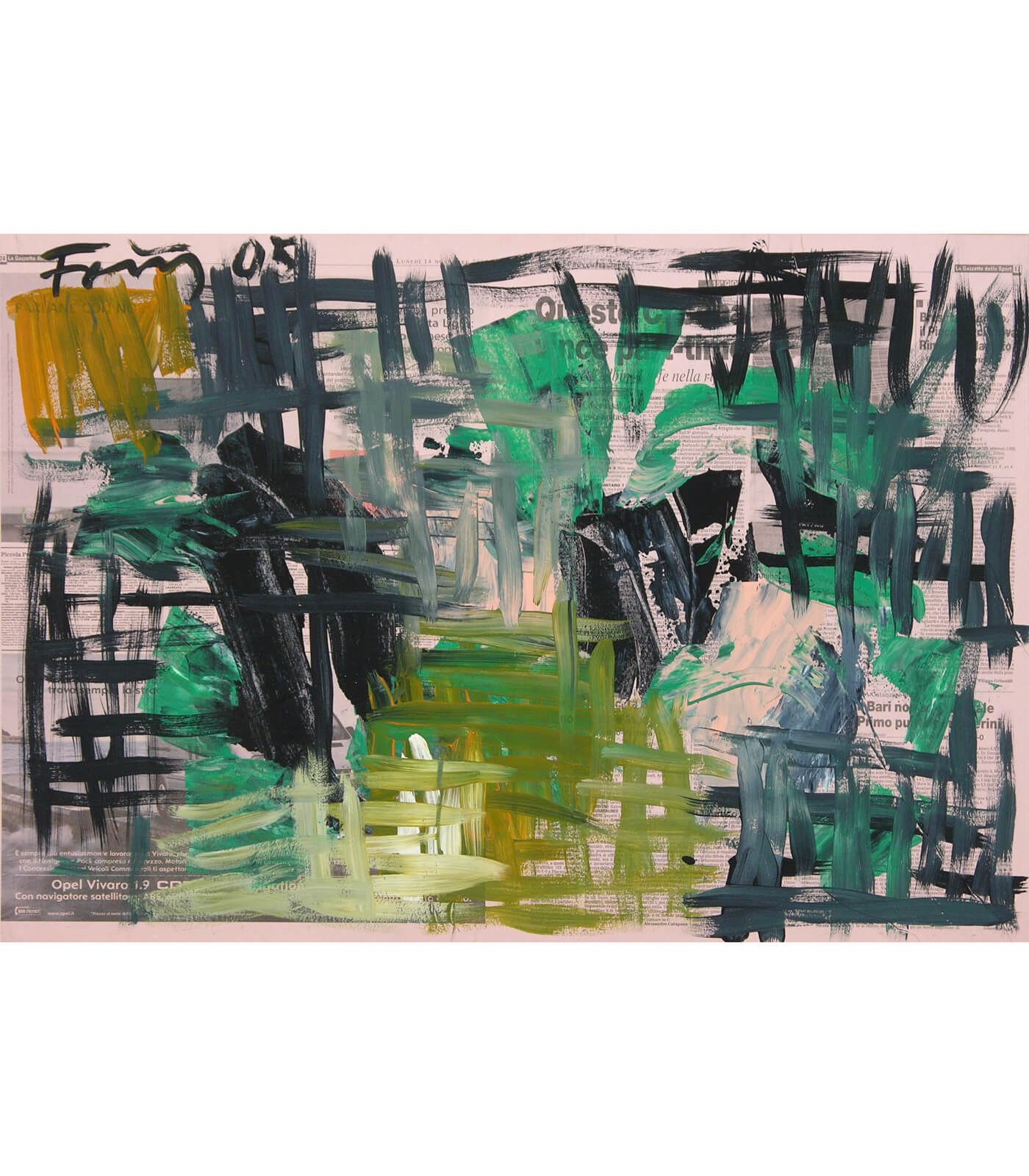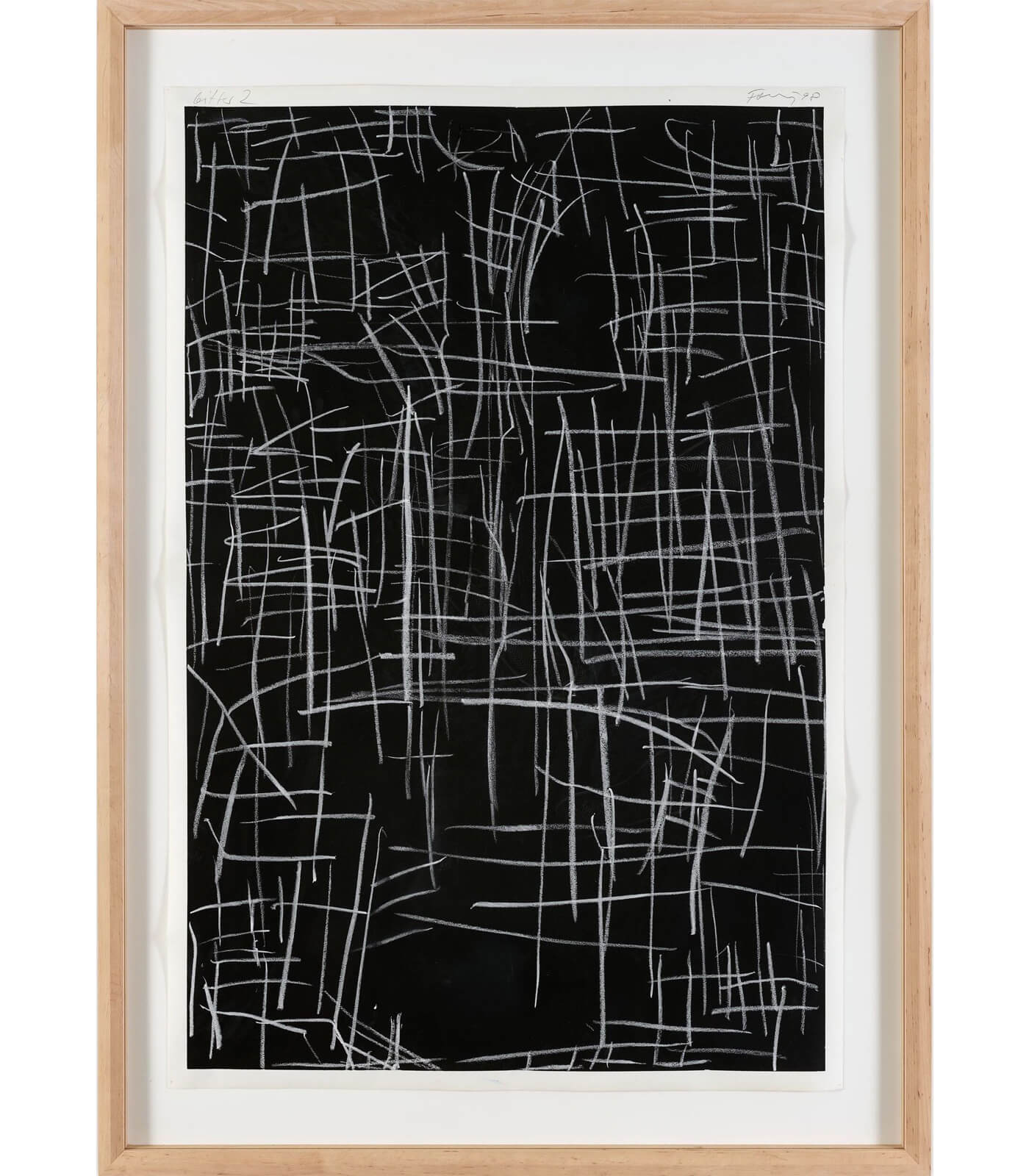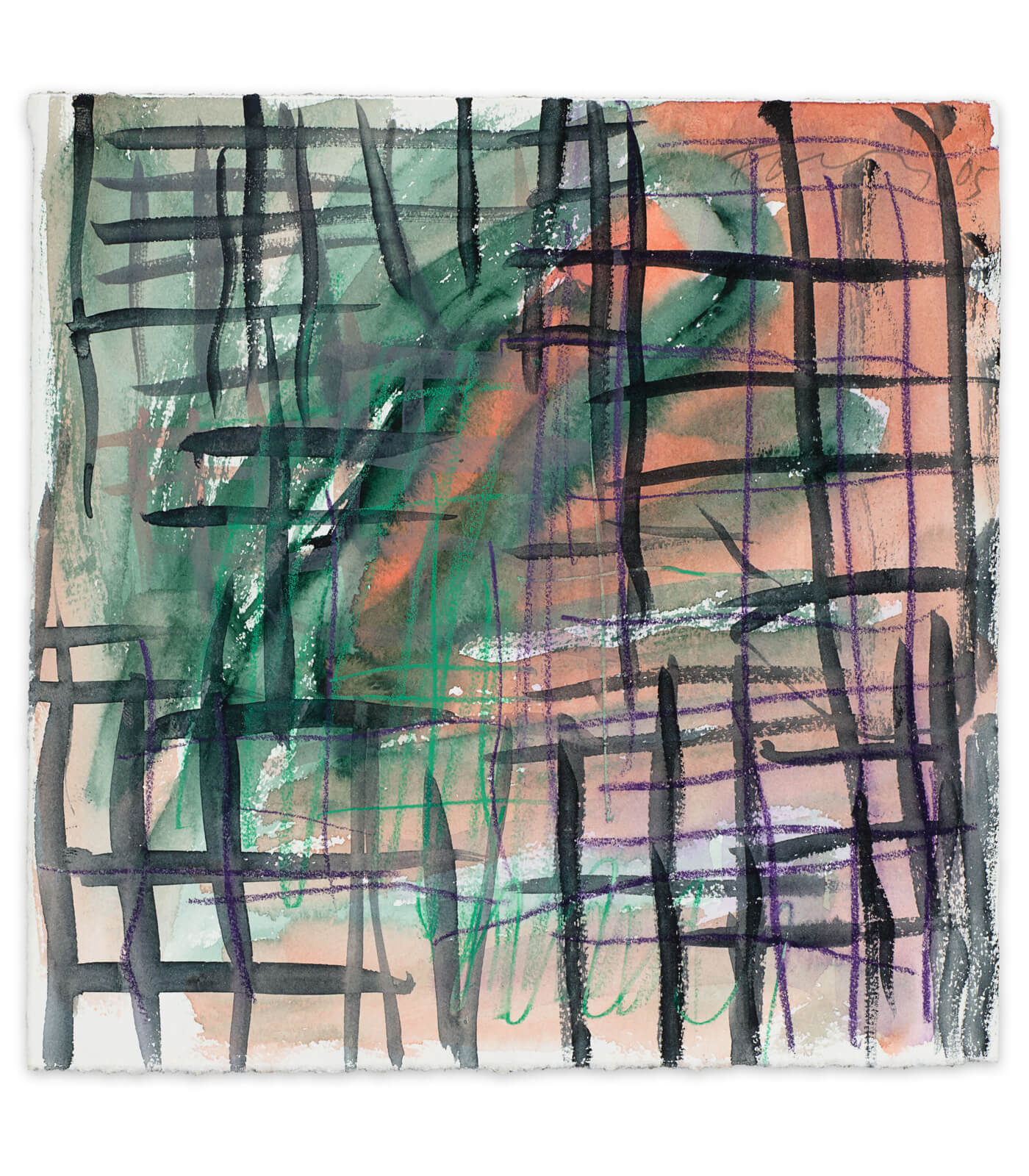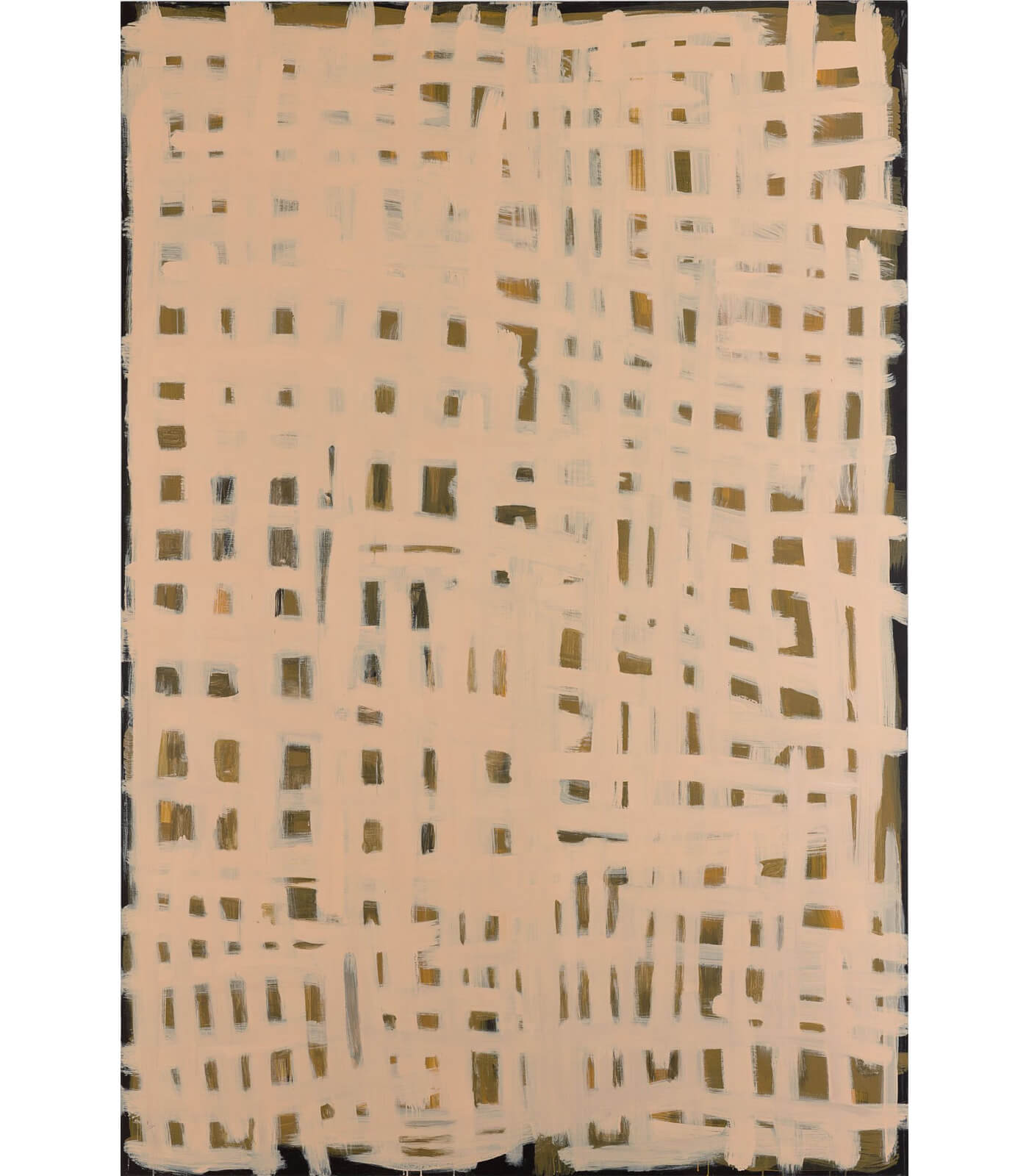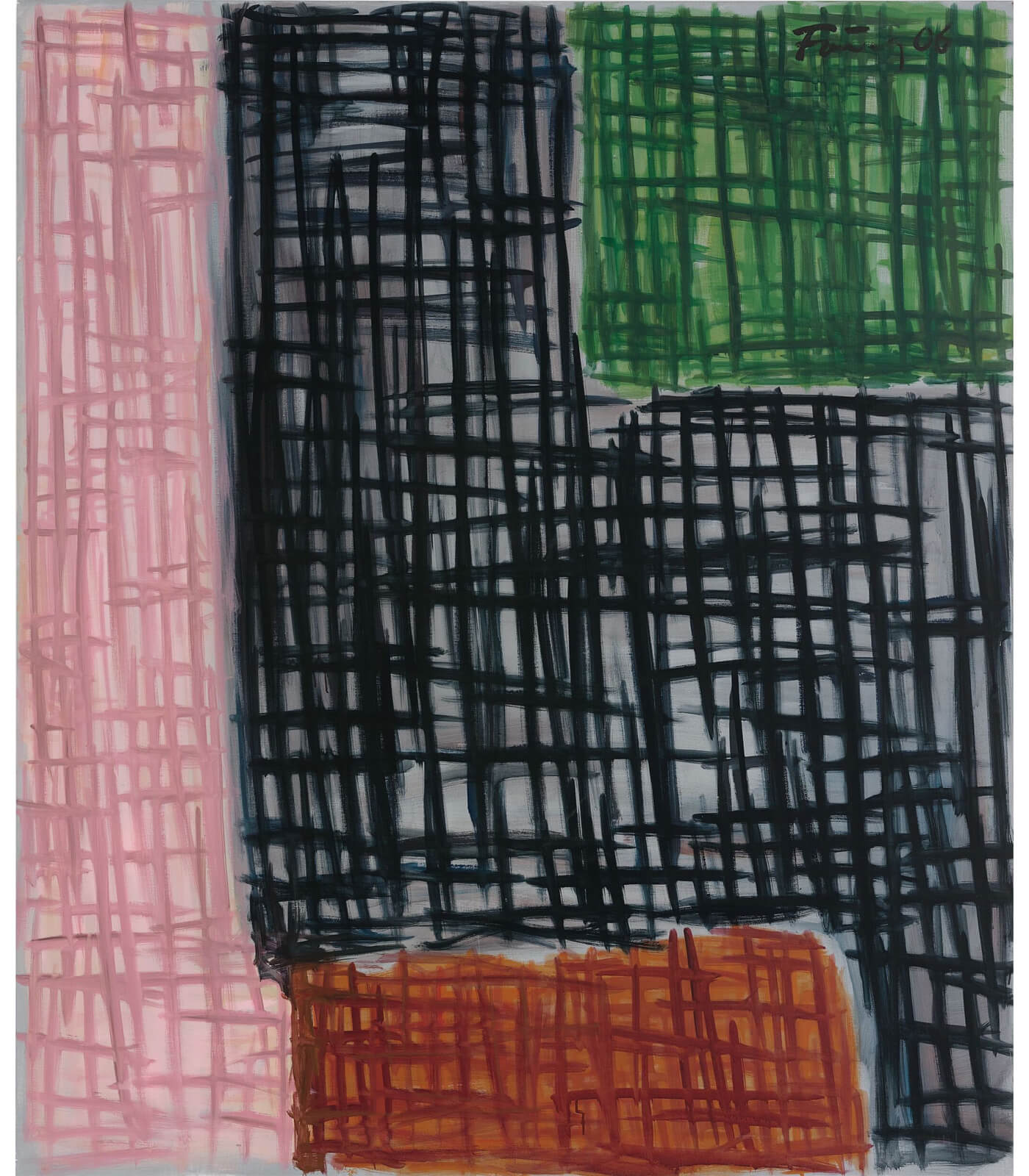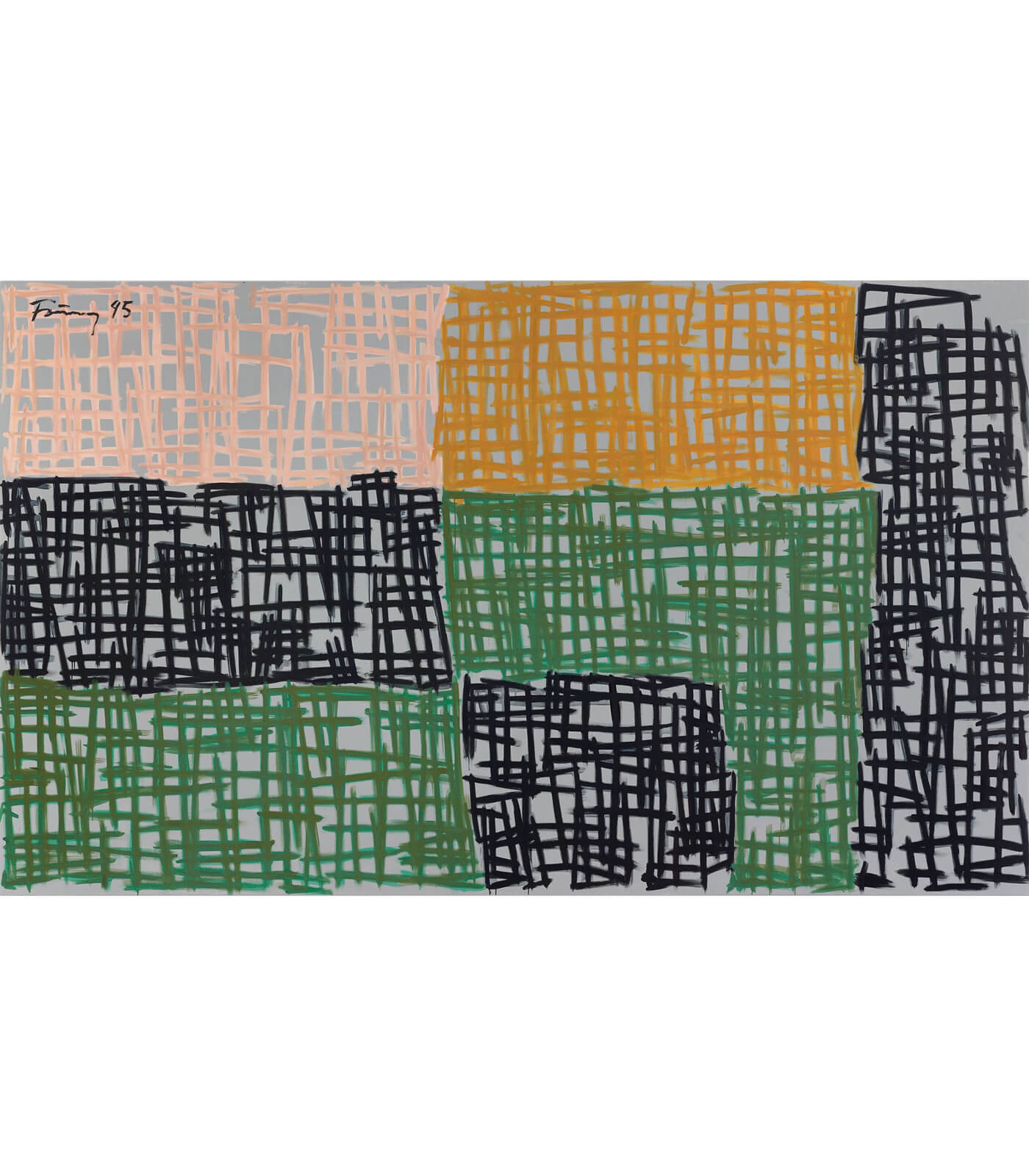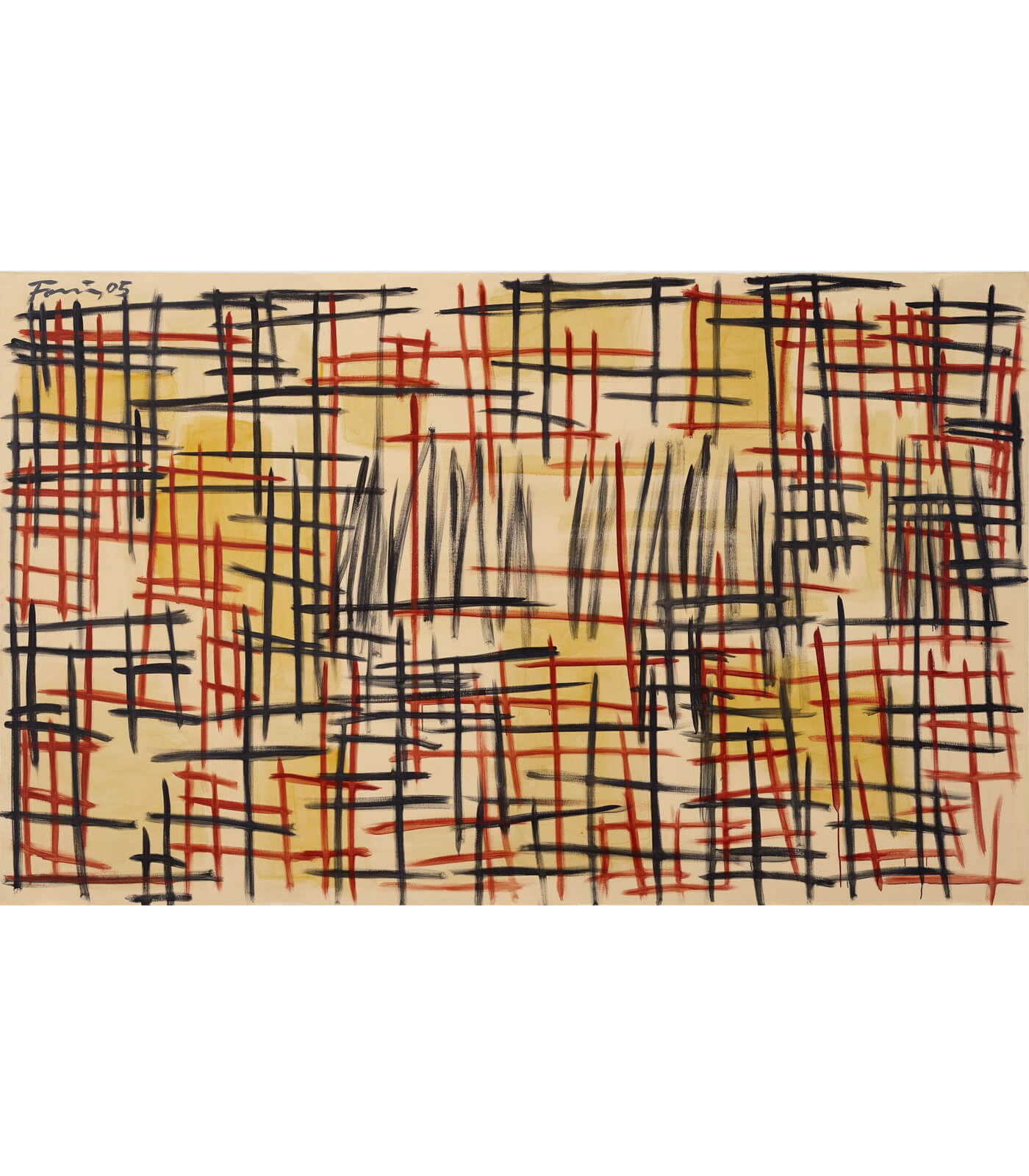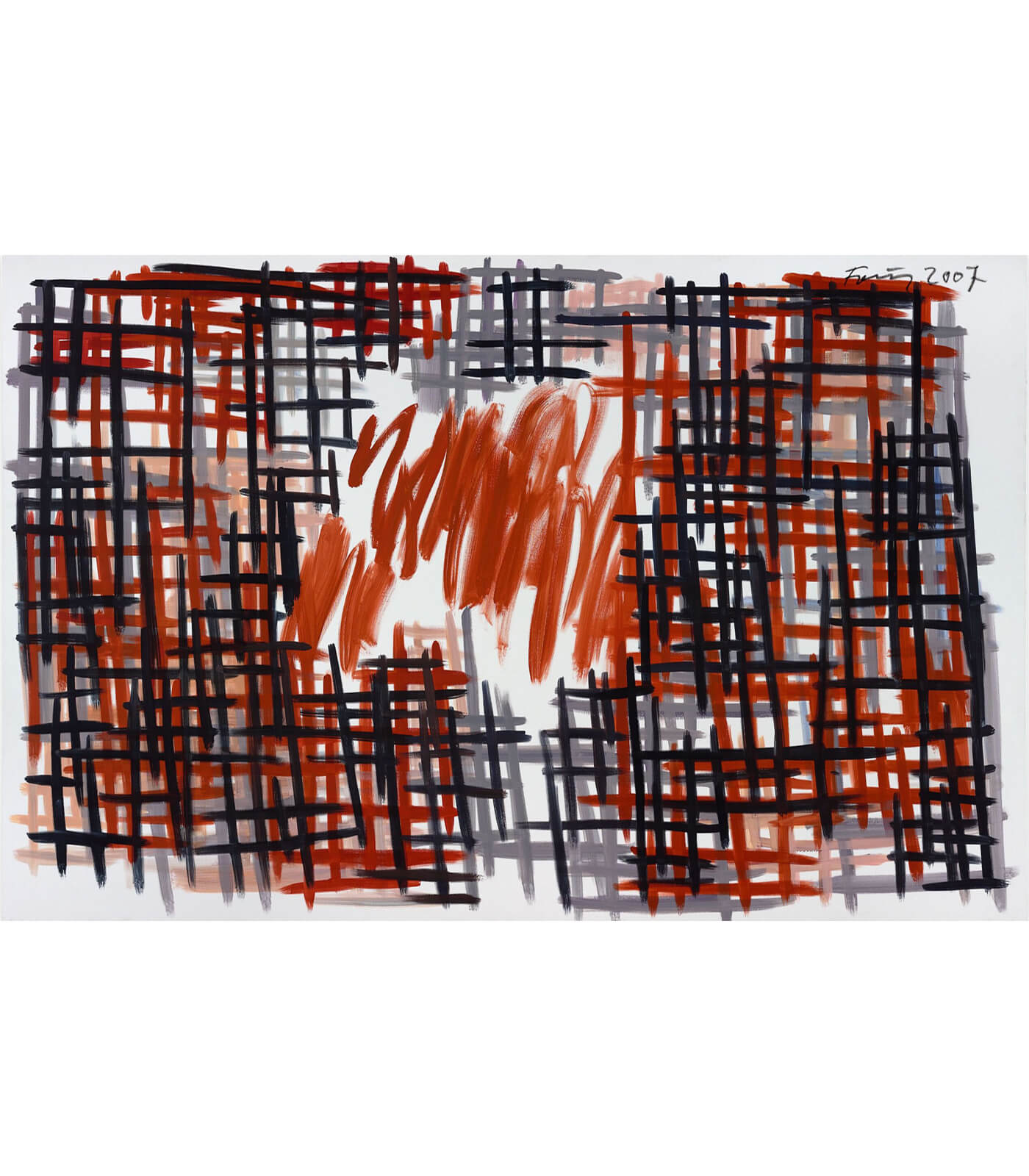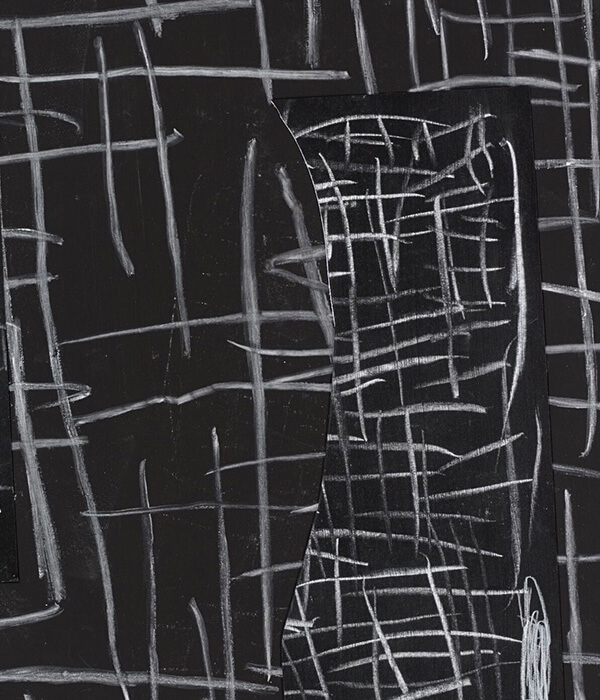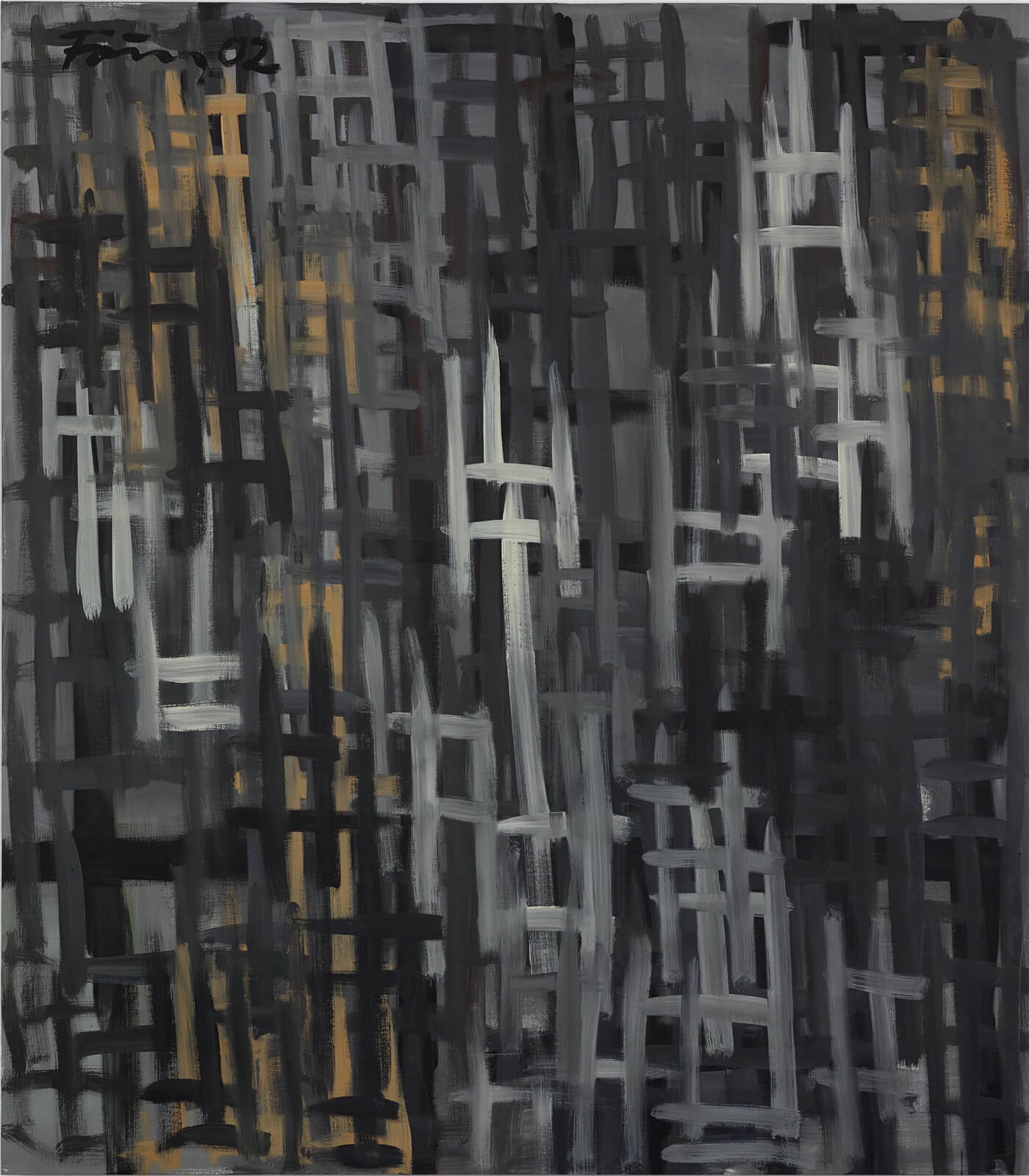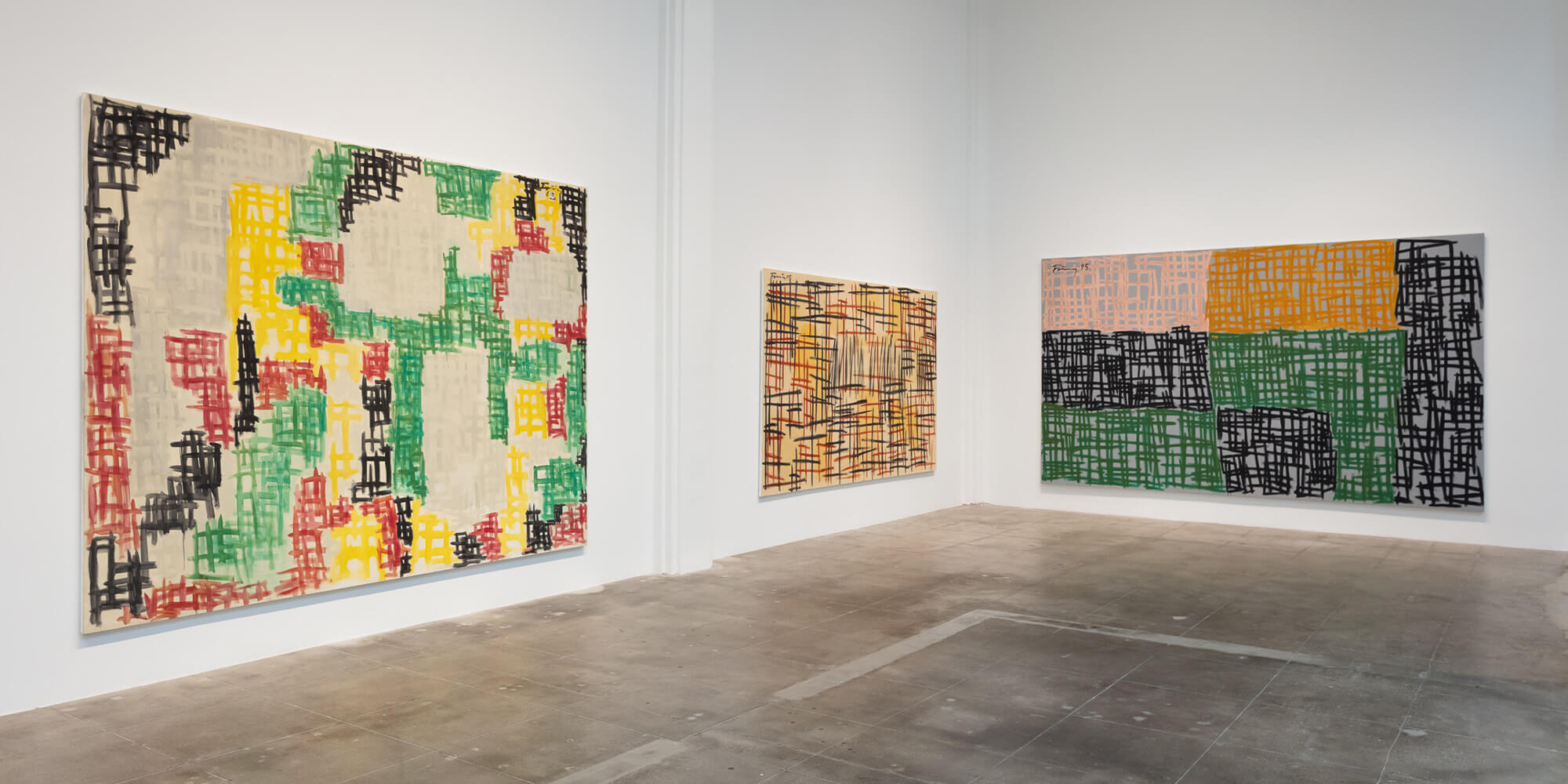
Günther Förg
Appearance
14 September 2021 – 9 January 2022
Los Angeles
‘Appearance’ celebrates Günther Förg’s longtime experimentation with painting through a focused presentation of his Grid Paintings that highlights the scope and evolution of this iconic series.
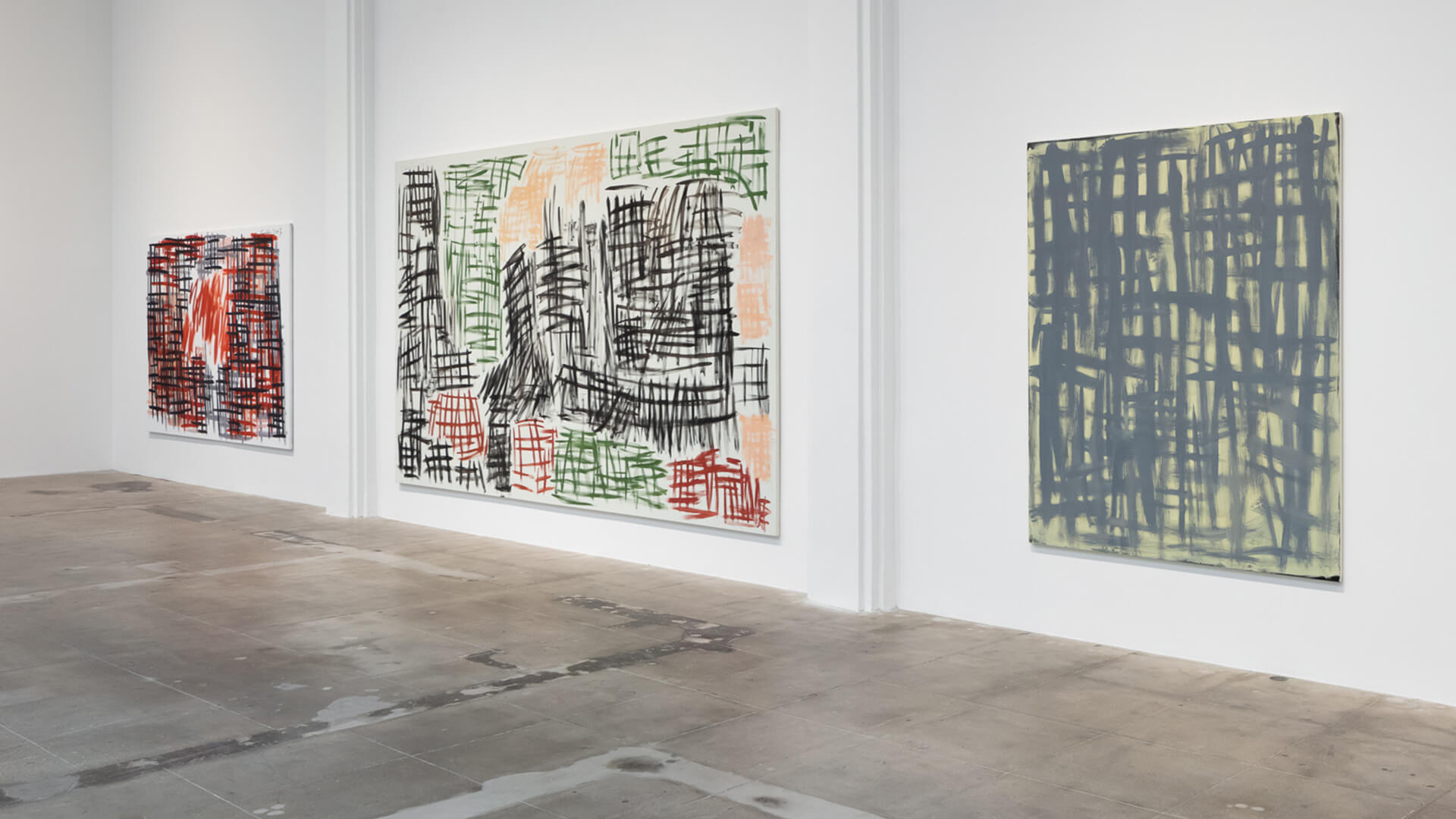
Explore the exhibition
Hauser & Wirth is pleased to present the first solo exhibition of Günther Förg (1952 - 2013) in Los Angeles. The exhibition focused on two generations of Förg’s ‘Gitterbilder’ (Grid Paintings) and marks the return of one of the most significant German artists of the postwar generation to California after nearly thirty years. The formal conversation at play in the exhibition foregrounds Förg’s deep art historical roots while celebrating his distinctively sensuous approach to gestural abstraction—a hallmark of his multifaceted five-decade career.
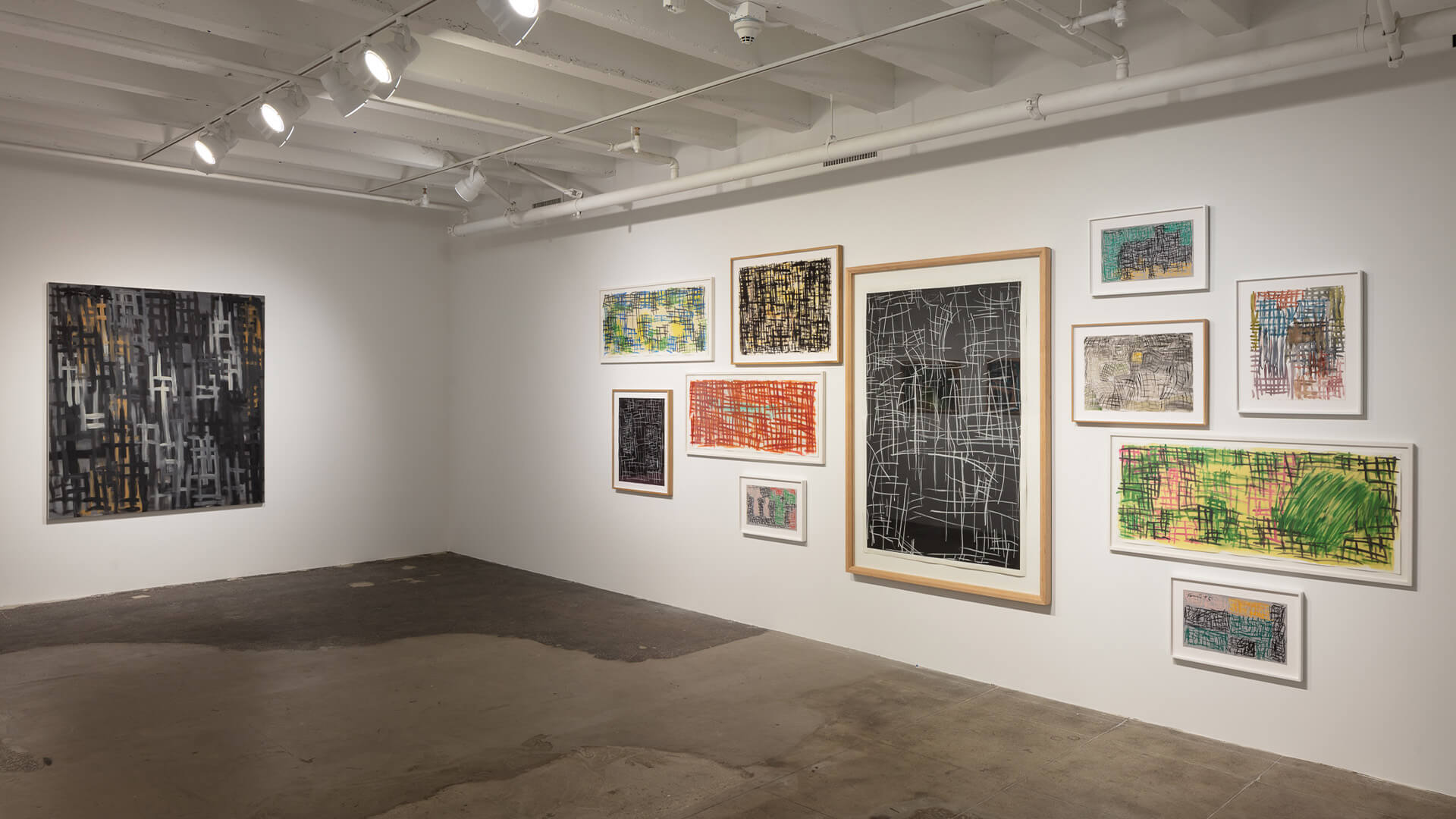
Having pioneered a visual language that simultaneously exemplifies and subverts the tenets of modernism, Förg’s prolific body of work ranges from painting and drawing to sculpture and photography, sidestepping easy categorization by candidly appropriating and re-imagining canonical art historical references, such as the work of Barnett Newman, Mark Rothko, Cy Twombly, Edvard Munch and many others.
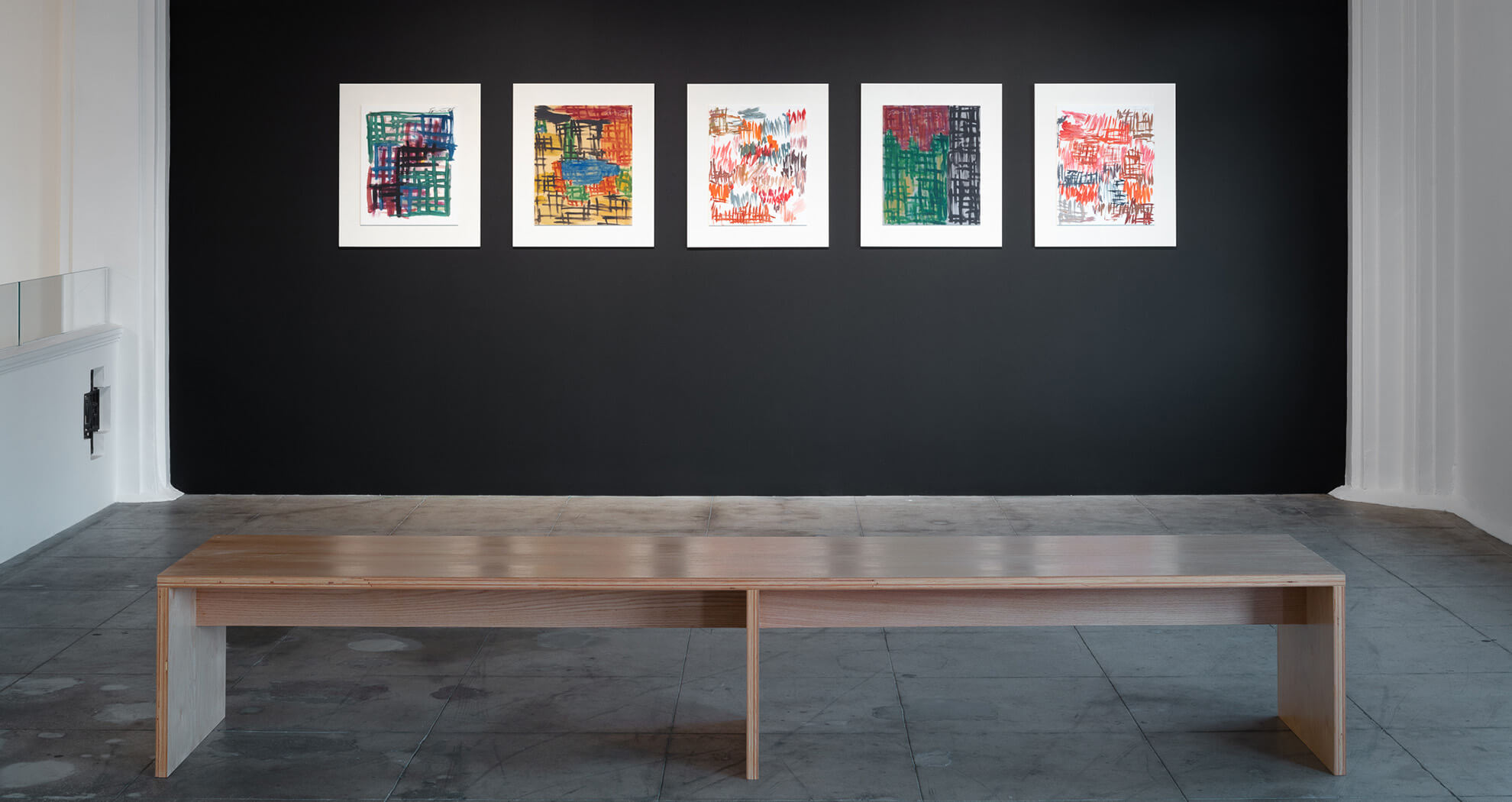
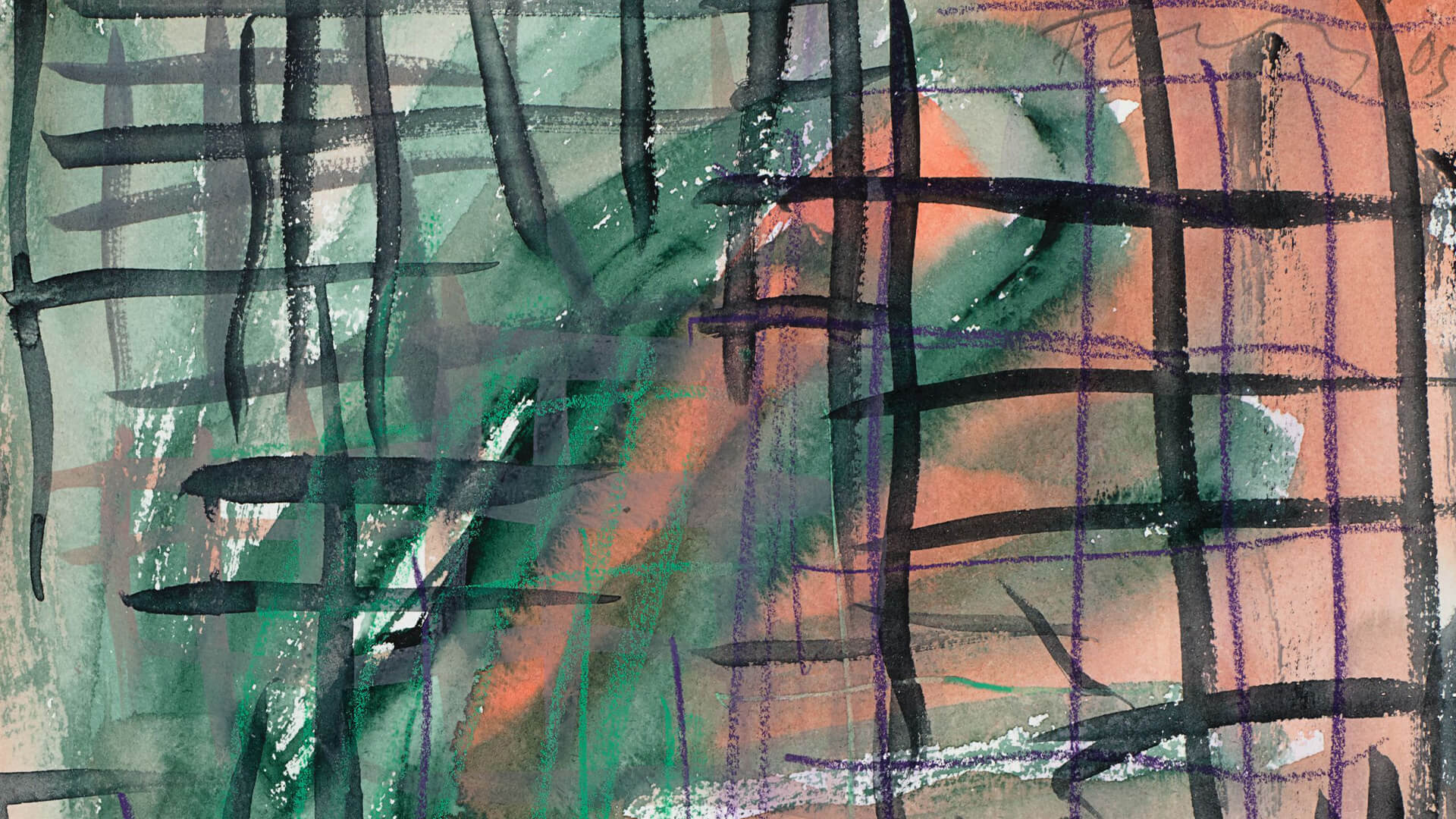
At the end of the 1980’s Förg developed an interest in the work and life of Edvard Munch. After meeting the Norwegian Munch specialist Per Bjarne Boym in the early 1990’s Förg’s interest was fueled once again. As a result of this experience Förg began making his first Grid Paintings. His attention was not drawn to Munch’s captivating figures as one might expect, but rather to Munch’s treatment of non-figural elements and flat areas of color. When comparing Munch’s ‘Death of Marat’ (1907) with Förg’s work in this exhibition, an unequivocal correspondence can be observed between these two artists as evidenced by their painterly treatment of the canvas, their layered lines of like colors, and the unorthodox way in which they threaten to dissolve distinctions between negative and positive space.

In 1994, Förg and Rudi Fuchs, Director of the Stedelijk Museum discussed Förg’s first unveiling of the Grid Paintings at the museum. Förg expressed his desire to push his painting practice to the next level and resist the temptation to get stuck with the success of his earlier series such as lead paintings and colorfield works. It was at this point he commented: ‘Das Ding noch einmal möglich machen’, translated to: ‘Make the thing possible all over again’.
‘In the grid paintings you often don’t get a brush stroke, the surface is scratched into or you don’t get a sense of the mark starting or finishing on the canvas so it sets up a different kind of surface. I think it is important to do these breaks when the time is right.’—Günther Förg
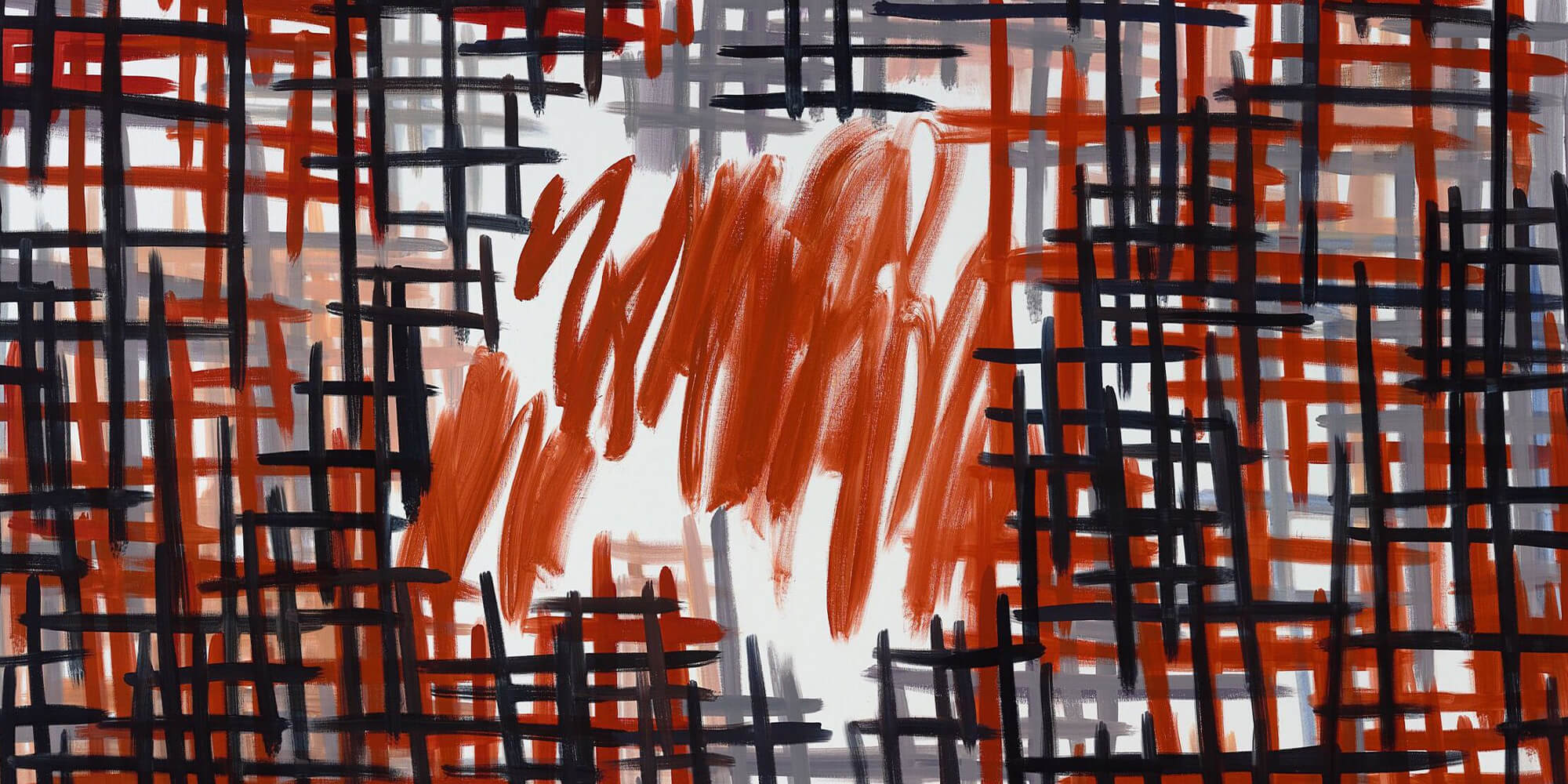
While some of the first Grid Paintings referred to specific works by Munch, those produced later use crosshatching in a more free-flowing and unrestricted manner. ‘Untitled’ (2007), for example, is distinguished by its loose strokes of gray and red with bursts of green, brown and black that form a haphazard grid. This somewhat playful tactic echoes Förg’s drive to explore an idea rather than manifest an ideal.
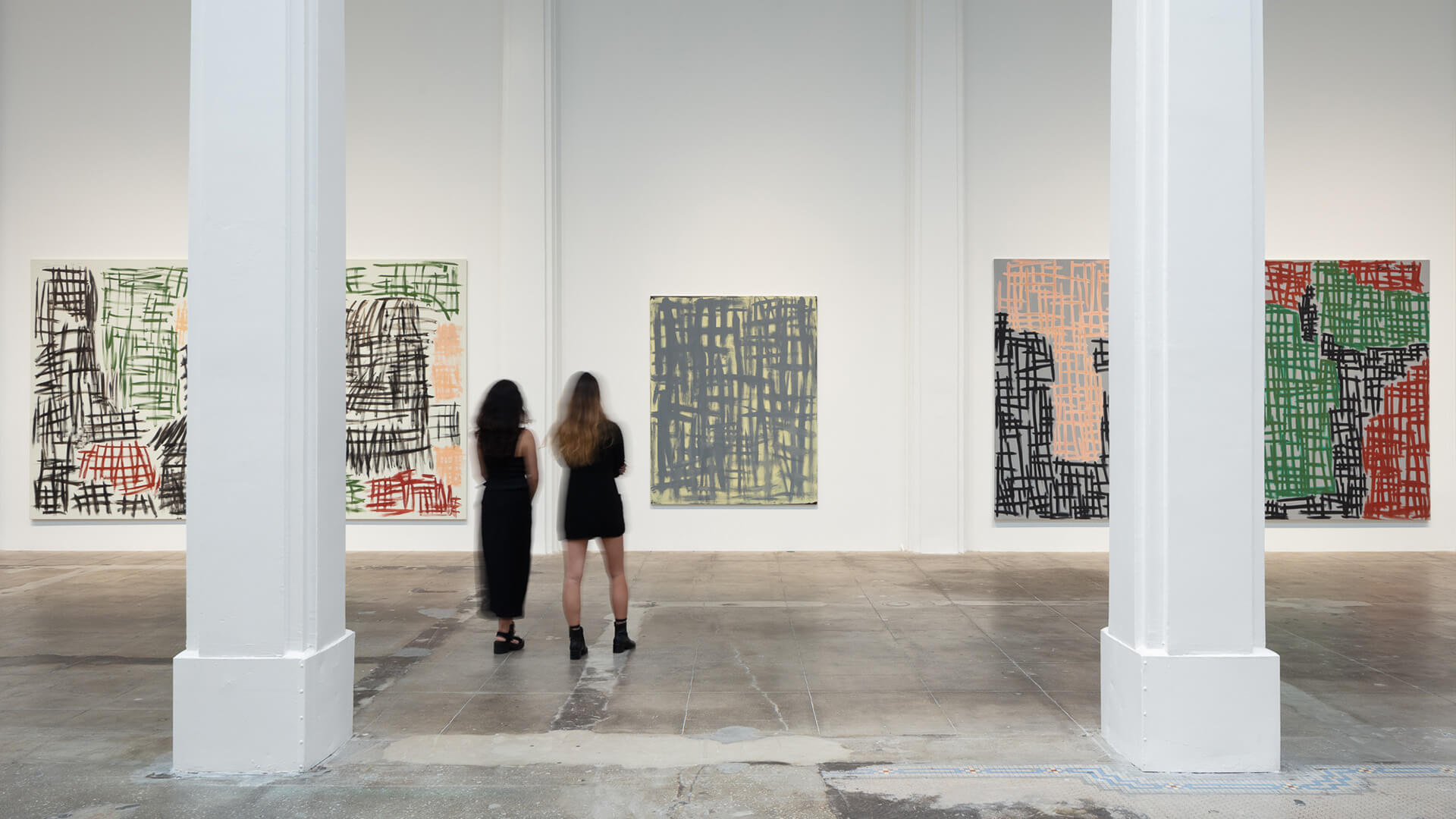
Having routinely crossed disciplines with an eye for challenging the boundaries traditionally established between them, Förg’s multifaceted approach to art-making manifests within the two-dimensional works on view via subtle allusions to structures and spaces beyond the picture plane. The resultant hints of a building, a window, or a landscape speak to the artist’s fascination with architecture—which permeated all aspects of his oeuvre from painting and sculpture to photography—and reflect his unique relationship to modernism: simultaneously exposing and embracing its veiled attempts at creating spatial illusions and referential imagery.
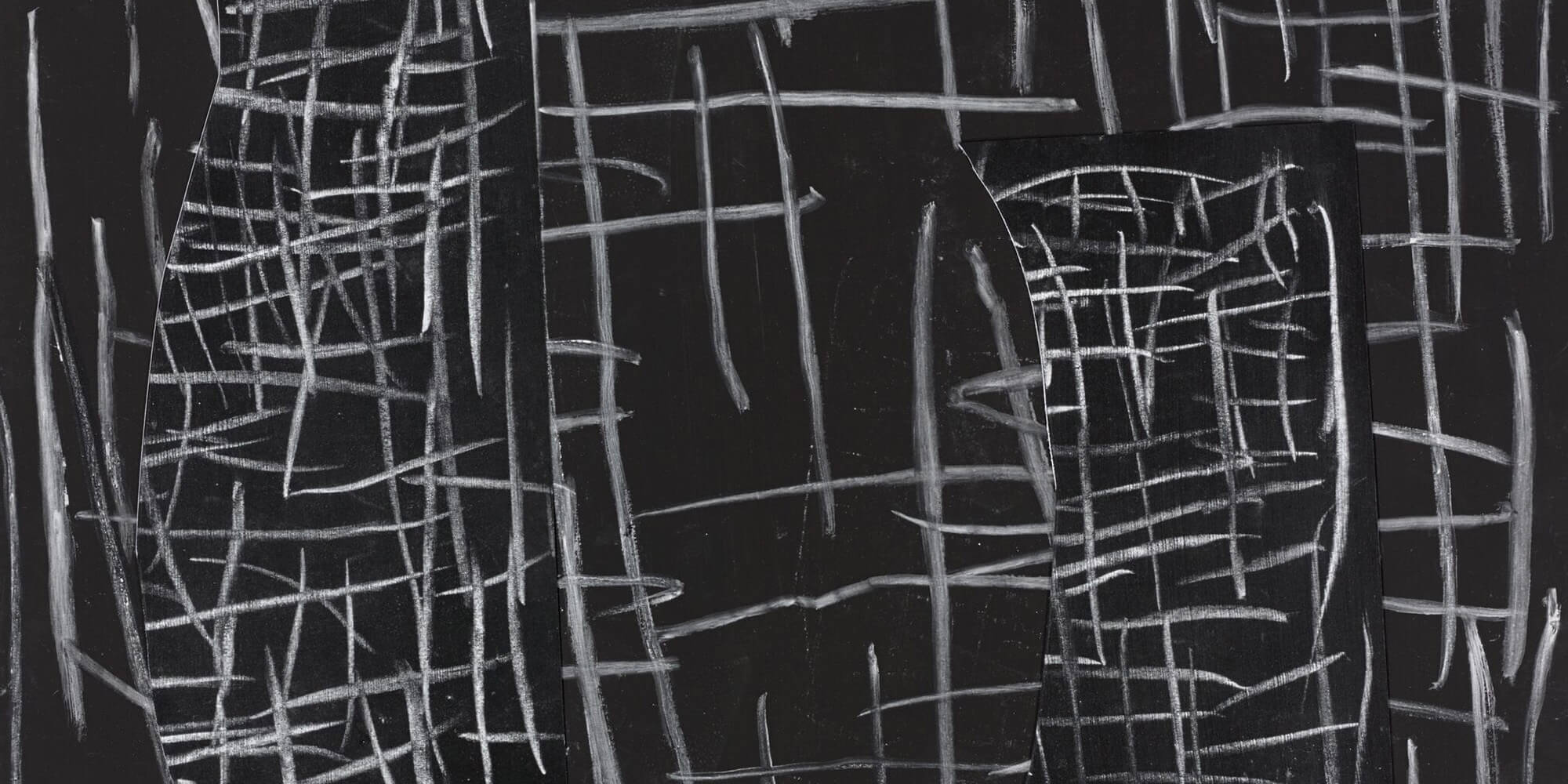
Despite employing some of the classic tropes of abstraction, expressionism, and modern art more broadly, Förg’s Grid Paintings invoke the attitudes and techniques of these movements at a critical remove from the aim of the artists who championed them. Förg’s work prompts a consideration of the most essential characteristics of art—color, form, and space—by way of their own subversion.

On View in Los Angeles
‘Lorna Simpson. Everrrything’ and ‘Günther Förg. Appearance,’ are currently on view through 9 January 2022.
About the Artist
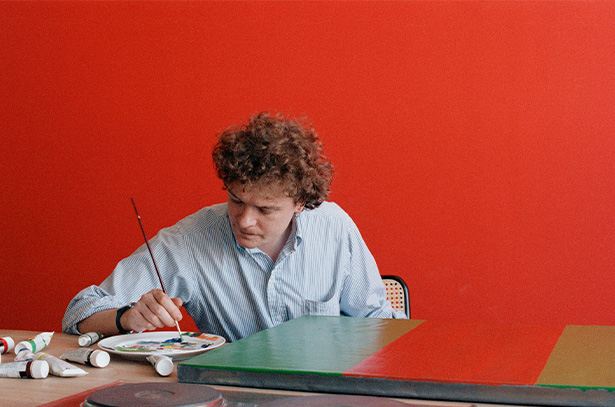
Günther Förg
Günther Förg was born in 1952 in the region of Allgäu, Germany. His career began in the early 1970s as a student at The Academy of Fine Art Munich. During his studies, Förg developed a practice grounded almost exclusively in grey and black monochrome. These early investigations into gray—also called ‘Gitter’ paintings—demonstrate the beginning of a lifelong commitment to conceptualism. As he stated, ‘Grey is nothing: not white, not black. Something in between. Not concerned with the figure. Something free.’ While the artist later incorporated color into his monochrome series, his use of gray represents a neutral foundation from which he conceived his oeuvre.
In the 1980s, Förg began utilizing photography, printing large-format images of culturally—and politically—significant architectural structures, from Bauhaus buildings in Tel Aviv to Fascist constructions in Italy. This diversification of material and form led Förg to abandon painting altogether, and for some years he pursued a purely photographic practice as a reaction against painting itself. He would later reflect that his use of photography was a method of ‘working closer to reality,’ stating, ‘what one paints is not reality.’
Throughout the 1980s and 1990s, his photographic works achieved critical acclaim and were exhibited at major museums internationally, including the Kunsthalle Bern in Switzerland and The Solomon R. Guggenheim Museum, New York NY. During this time, Förg also began experimenting upon the exhibition space itself, painting over the gallery walls, and positioning photographs against his own paintings.
Förg entered a new phase of experimentation in the late 1980s, which brought him back to painting, but also included the embrace of new materials for him, such wood, copper, bronze, and lead. Förg’s renowned lead series—acrylic painted on sheets of lead and supported by wooden frames—blurs the line between painting and sculpture in an evolution towards object-making. Also initiated during the 1980s, his bronze sculptural practice indicates a painterly quality, with indentations and marks that are reminiscent of a brushstroke, as he attempted to replicate a moment frozen in time.
In pursuit of further artistic experimentation Förg began producing fragmented body-part sculptures in the early 1990s, describing this arrival at figuration as inevitable. These new works embraced the materiality of their making; the heavy, weathered, and scratched surfaces of the sheets of metal, lead, and wood hint at something that is simultaneously formal and expressionist, geometric and free.
By the beginning of the 21st century, Förg’s paintings had left the formality of Minimalism behind. In a new direction, he incorporated a brighter palette and more expressive hand with a series of grid-like marks and intersecting colors. These paintings—called ‘Gitterbilder’ (grid paintings)—command a similar freedom of form and sensuality that has led to critical comparisons to Cy Twombly. Other works from this era portray vast canvases of negative space interrupted by colorful, gestural hatching and mark-making. Förg’s ultimate return to expressive painting indicates a completion of sorts—a full-circle arrival at painting as a synthesis of experimentation, rooted in art history. In the artist’s own words, ‘I think painting is a resilient practice; if you look through the history of painting it doesn’t change so much and we always see it in the present. It is still now.’
Image credit: © Wilhelm Schürmann, Herzogenrath
Inquire about available works by Günther Förg
Förg’s work is held in numerous public collections, including Broad Contemporary Art Museum, Santa Monica CA; Essl Museum, Klosterneuburg, AT; Fotomuseum Winterthur, CH; Kunstmuseum Basel, CH; Museo d ́arte contemporanea Castello di Rivoli, Turin, IT; Museo Nacional Centro de Arte Reina Sofía, Madrid, ES; Museum für Moderne Kunst, Frankfurt am Main, DE; Museum of Modern Art, New York NY; National Gallery of Canada, Ottawa, CA; San Francisco Museum of Modern Art, San Francisco CA; S.M.A.K. the Municipal Museum of Contemporary Art, Ghent, BE; Stedelijk Museum, Amsterdam, NL; Tate, London, UK; and the Walker Art Center, Minneapolis IL; among others. Recent important solo exhibitions include the travelling exhibition ‘A Fragile Beauty’ at the Stedelijk Museum in Amsterdam NL and the Dallas Museum of Art in Dallas TX (2018), and ‘Günther Förg. Works from 1986 – 2007’ at Hauser & Wirth New York (2019) and ‘Günther Förg. surface of bronze‘ at Hauser & Wirth Zurich (2020).
–
‘Günther Förg. Appearance’ is on view now through 9 January 2022 at Hauser & Wirth Los Angeles.
Related Content
Current Exhibitions
1 / 10
